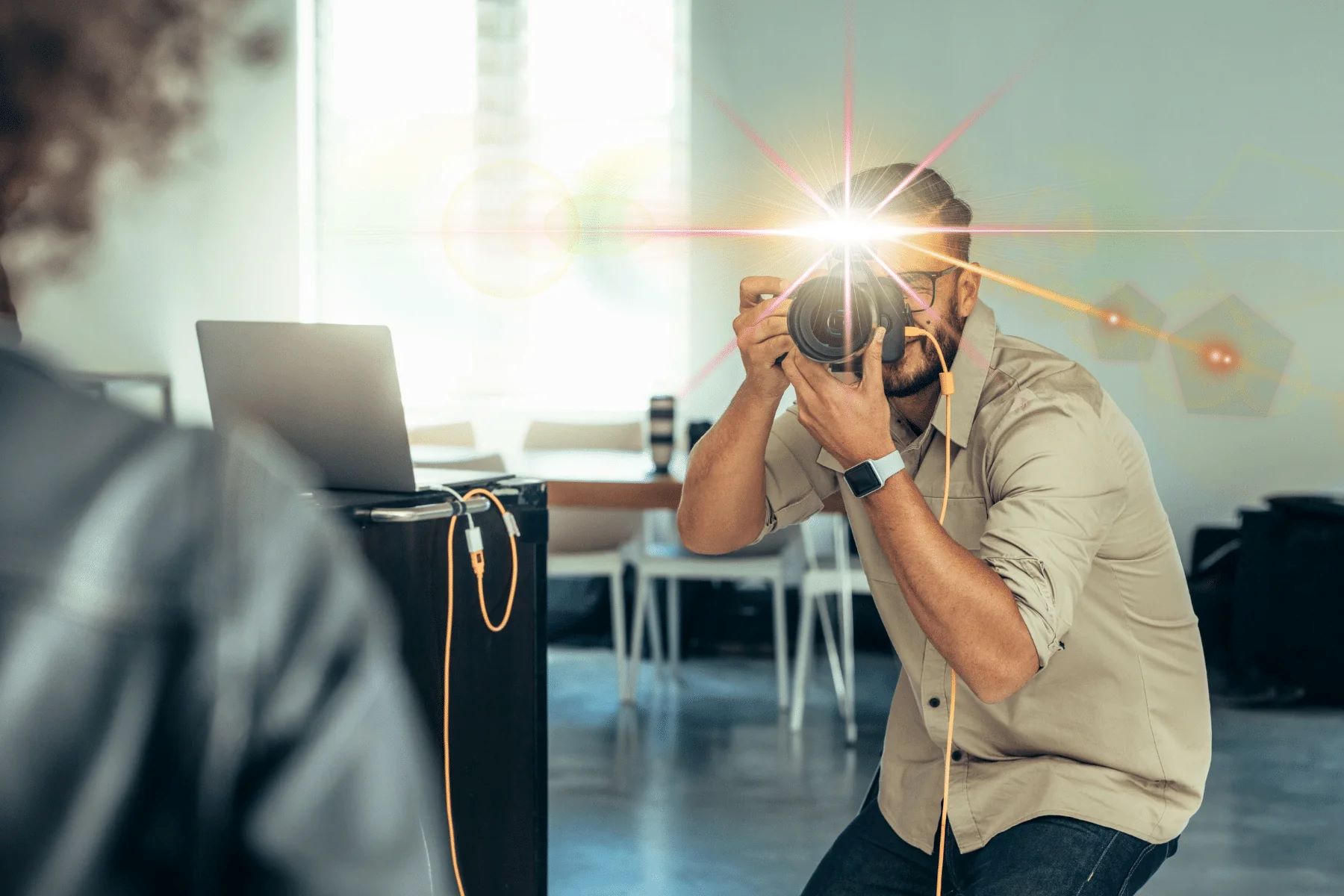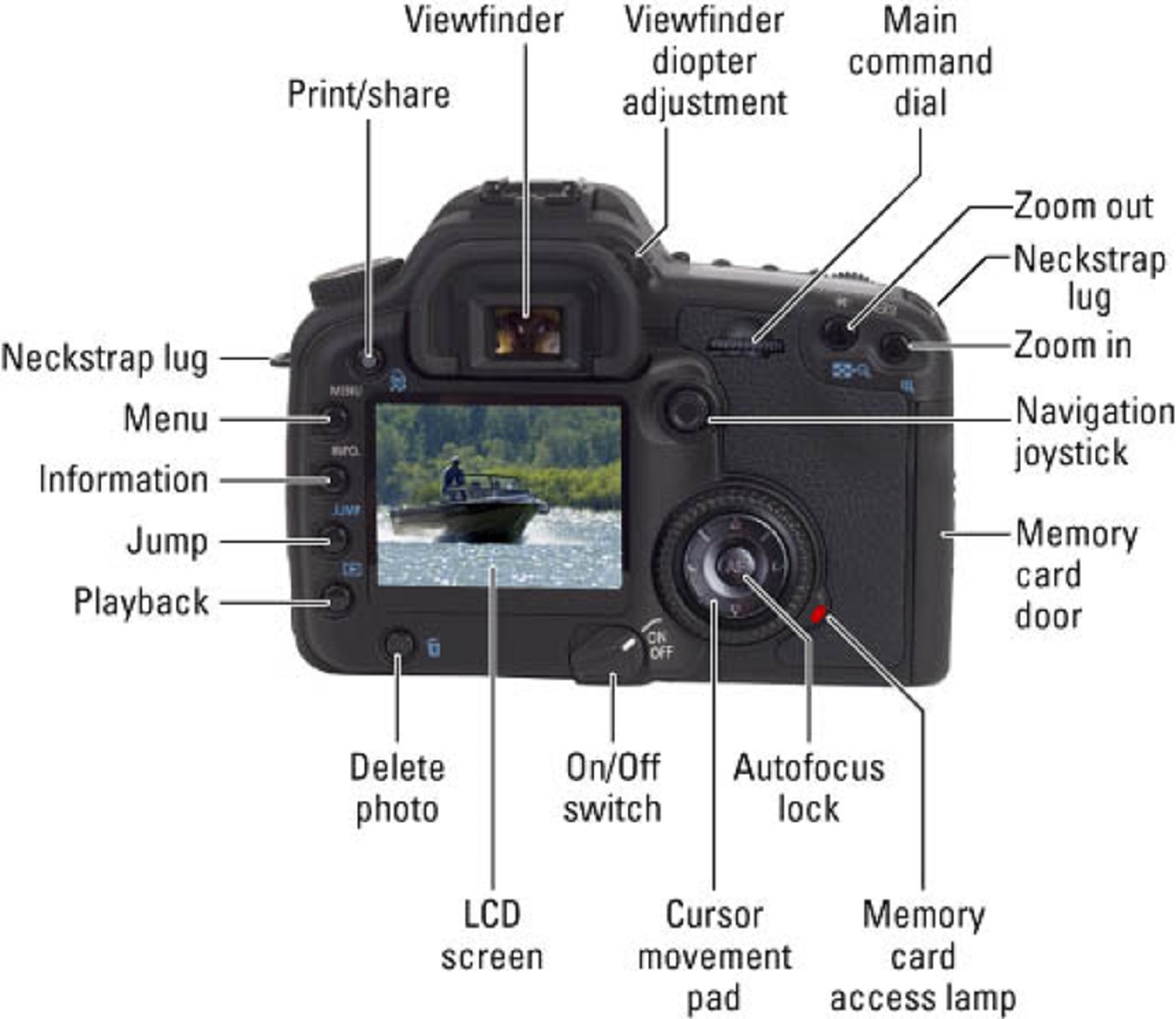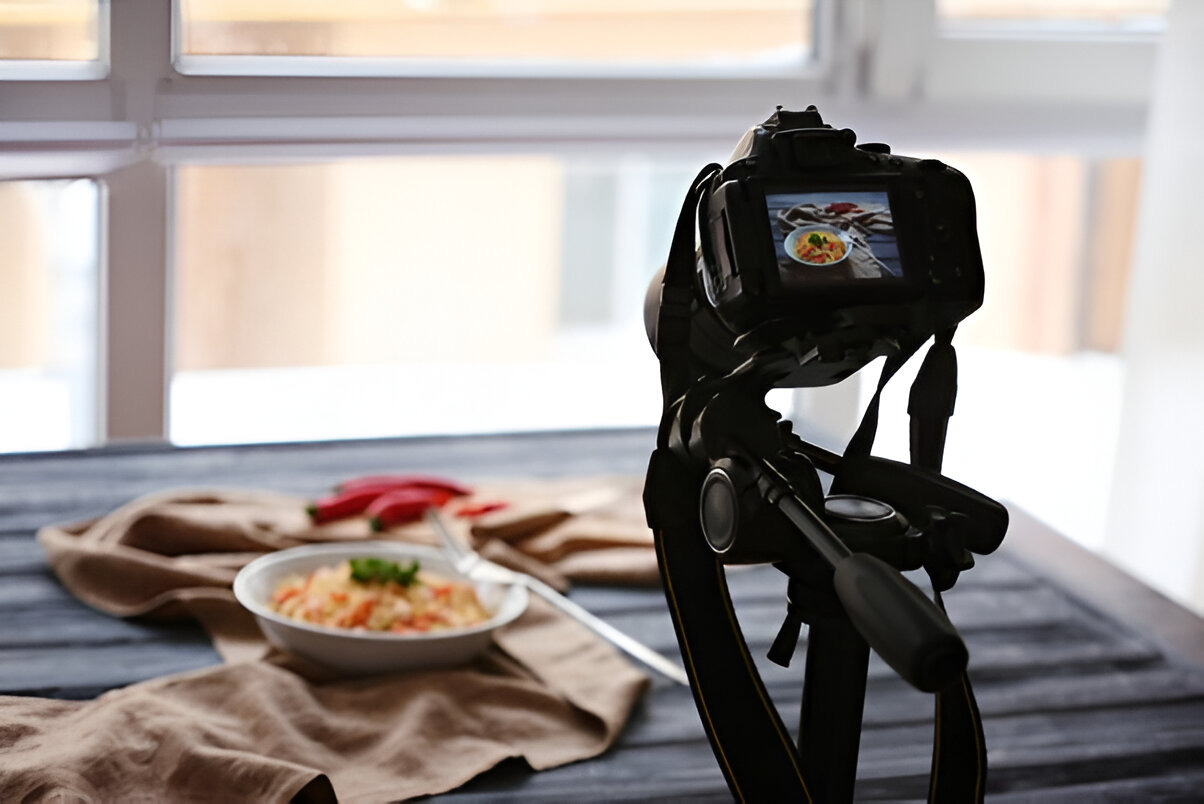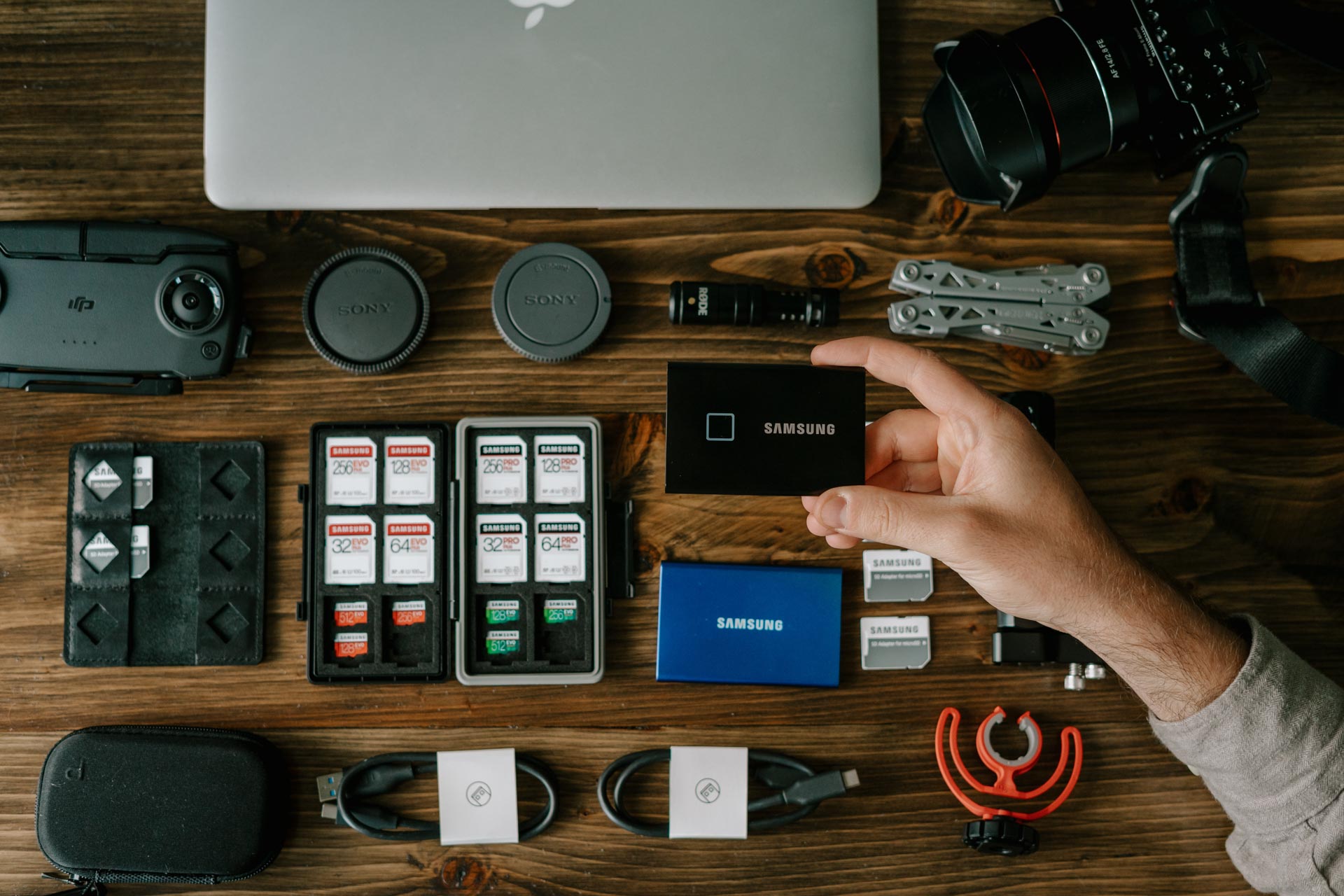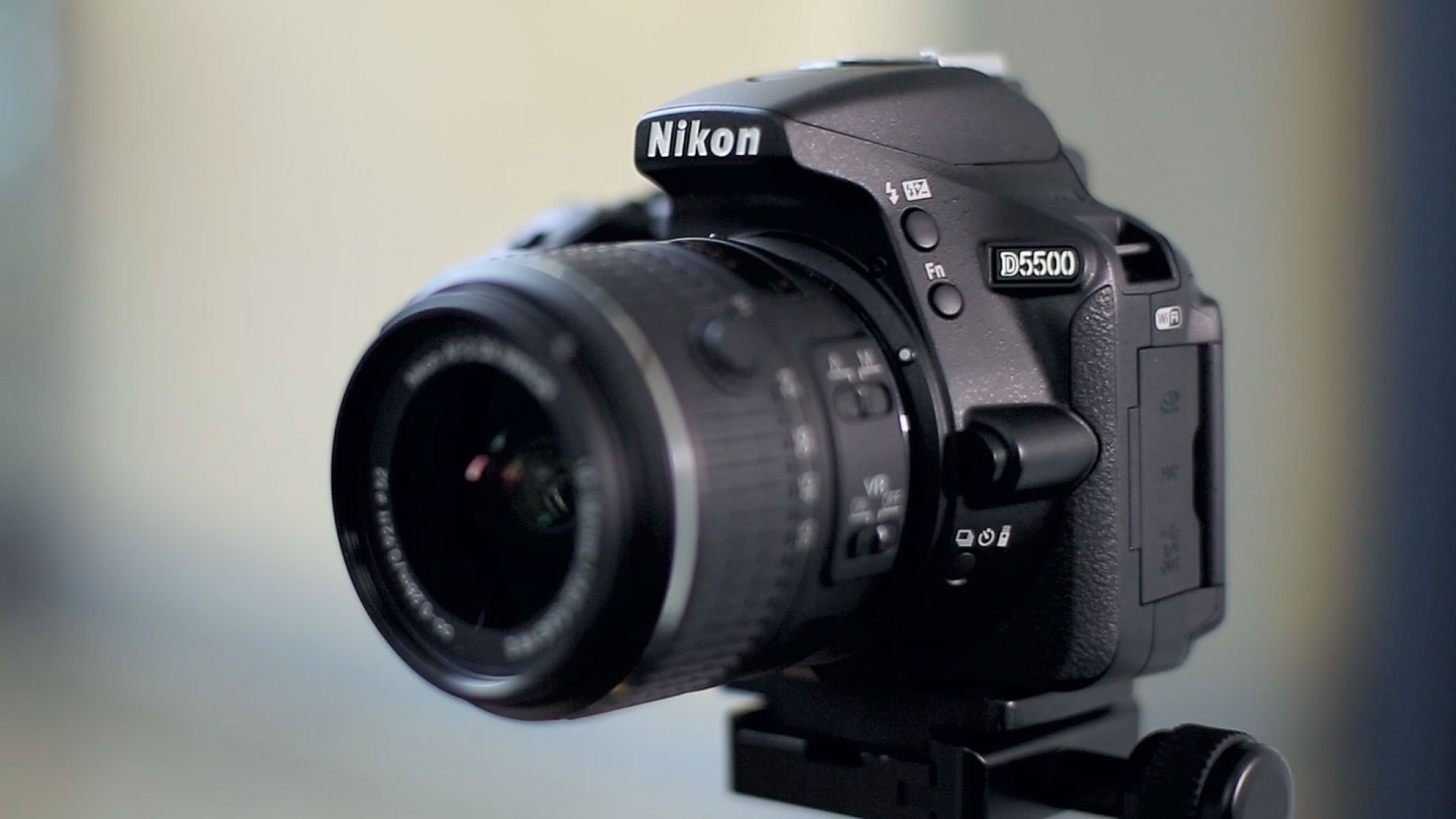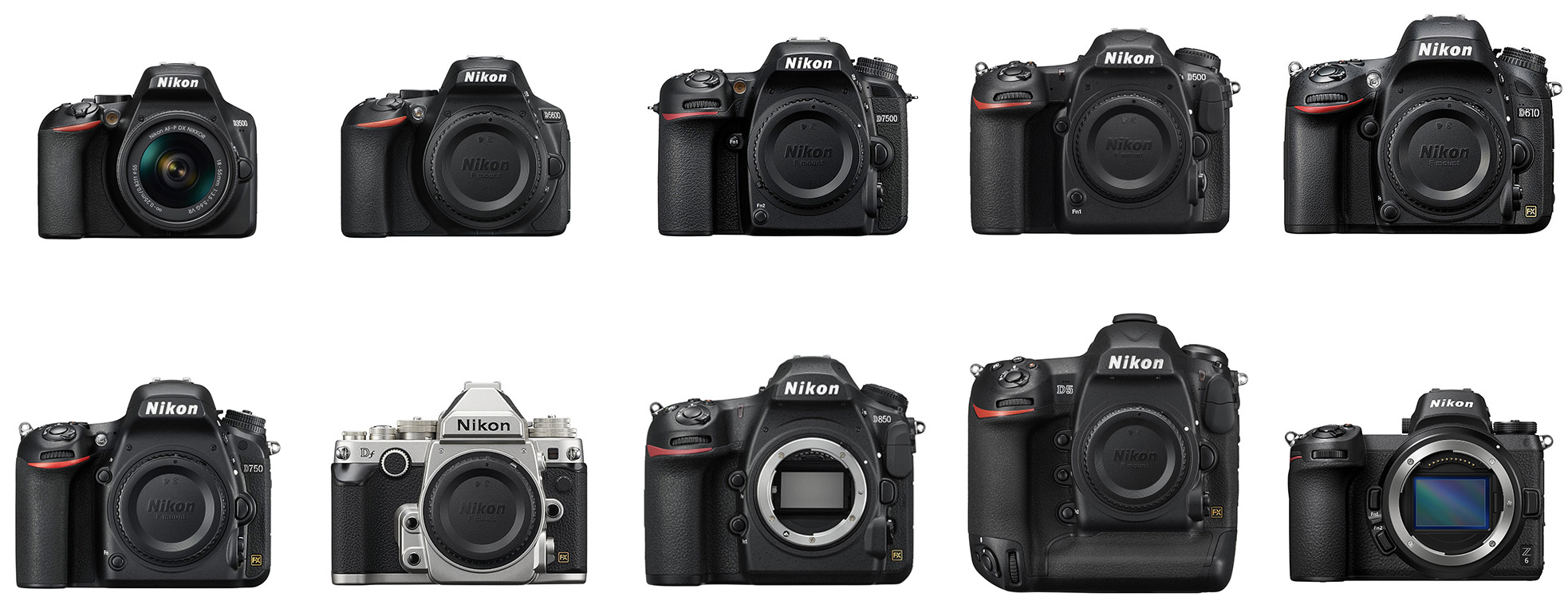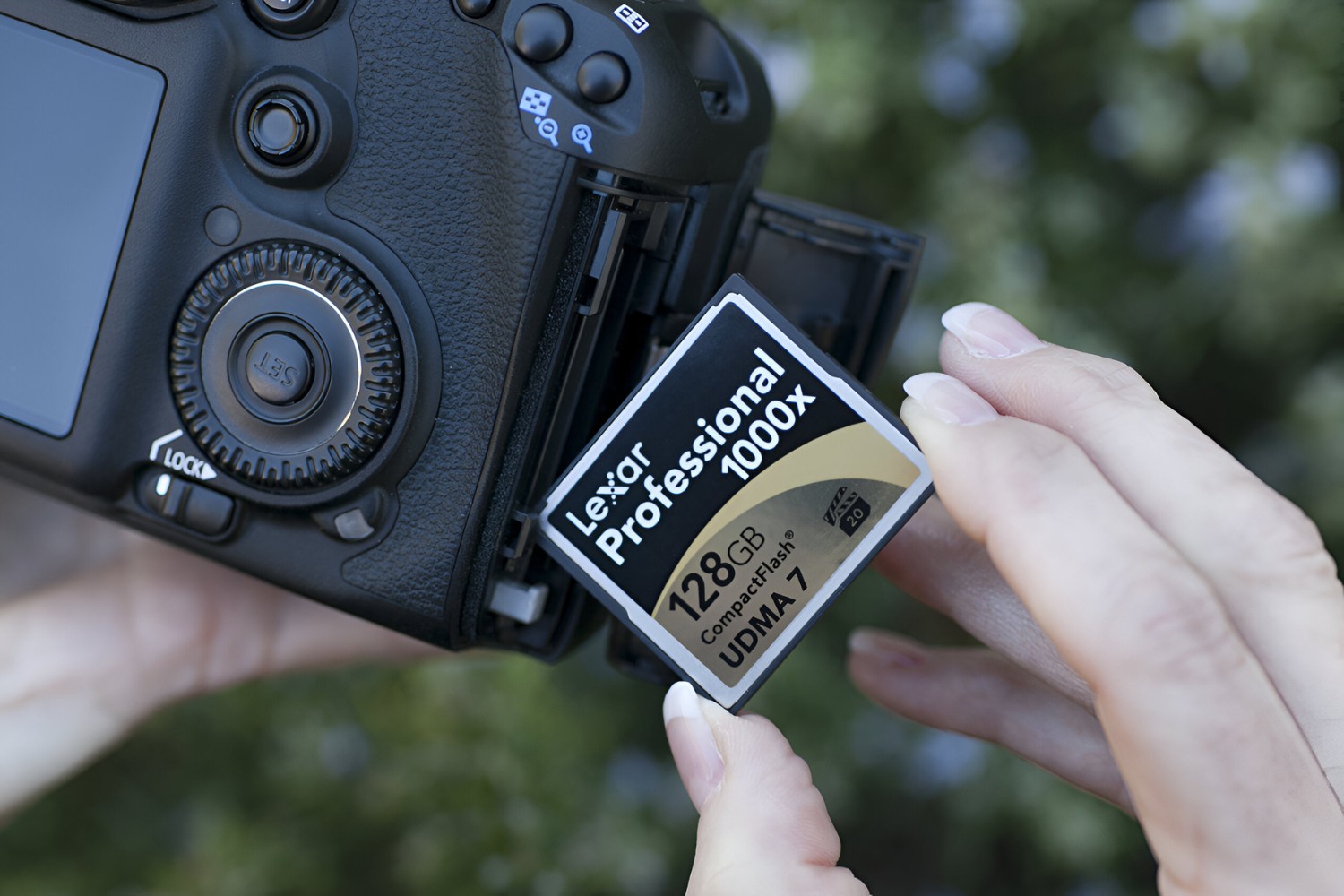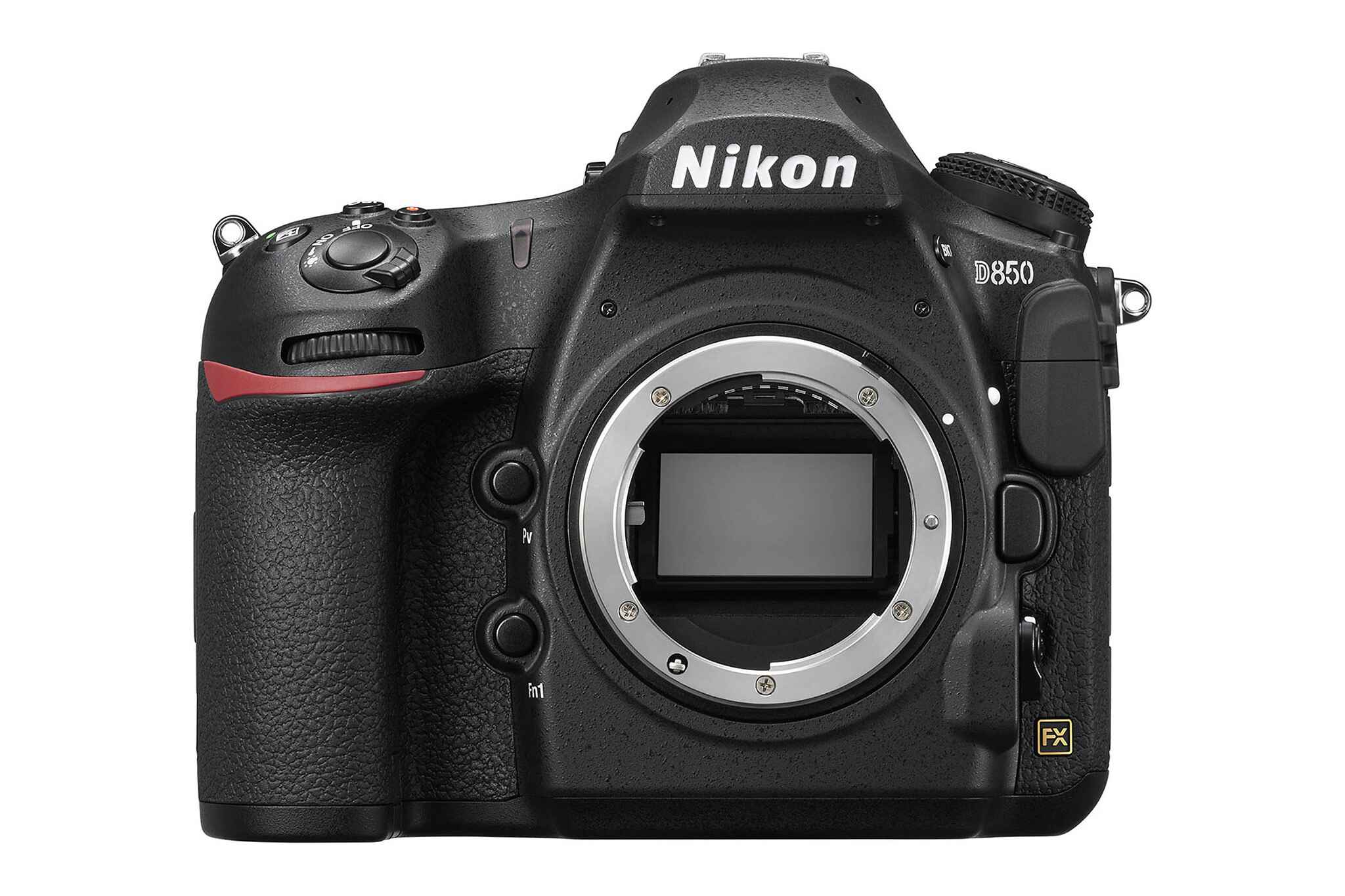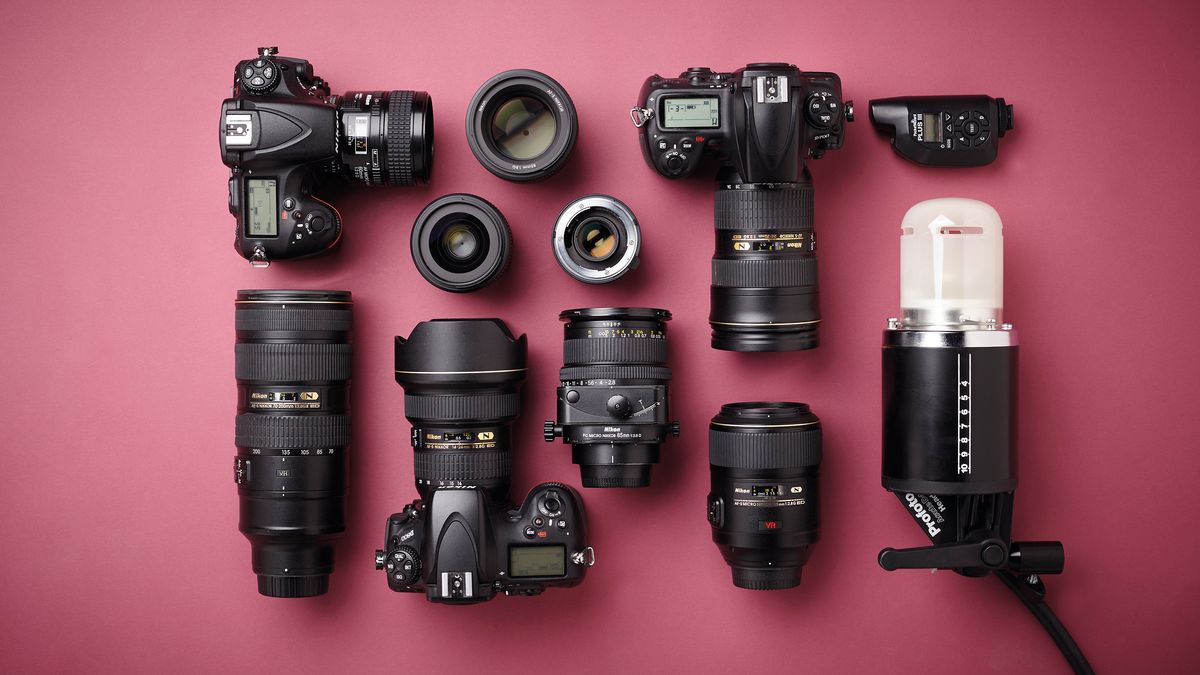Introduction
Introduction
When it comes to photography, the use of a flash on a DSLR camera can significantly enhance the quality of images. Understanding the various purposes of a flash is crucial for photographers looking to elevate their skills and capture stunning photos in diverse settings. Whether it's providing additional light in low-light conditions, freezing motion, filling in shadows, or creating dramatic effects, the flash serves as a versatile tool that can greatly impact the outcome of a photograph. In this article, we will delve into the multifaceted roles of a flash on a DSLR camera, shedding light on its diverse functions and the ways in which it can be effectively employed to achieve exceptional results.
The flash, a fundamental component of a DSLR camera, plays a pivotal role in photography by offering photographers the flexibility to adapt to varying lighting conditions and creatively manipulate the visual elements within a frame. By harnessing the capabilities of a flash, photographers can overcome challenges posed by inadequate lighting, add depth and dimension to their subjects, and infuse their images with a captivating allure. As we explore the myriad applications of a flash in the context of DSLR photography, it becomes evident that this indispensable tool is indispensable for achieving professional-quality results in a wide array of photographic scenarios.
Providing Additional Light
One of the primary functions of a flash on a DSLR camera is to provide additional light in situations where the existing ambient light is insufficient. This is particularly crucial in low-light environments or when shooting indoors where natural light may be limited. By emitting a burst of intense light, the flash effectively illuminates the scene, allowing the camera to capture clear and well-exposed images even in dimly lit settings.
When shooting in low-light conditions, the flash serves as a valuable tool for ensuring that subjects are adequately illuminated, thereby preventing underexposure and preserving the details and colors within the frame. Additionally, the use of a flash enables photographers to achieve a balanced exposure, effectively capturing the desired level of brightness and enhancing the overall visual appeal of the image.
Beyond simply compensating for inadequate lighting, the strategic deployment of a flash can also introduce creative possibilities, such as highlighting specific elements within the composition or adding a touch of brilliance to the subject. By mastering the art of utilizing a flash to augment existing light, photographers can elevate the quality of their images and expand their creative horizons, ultimately producing captivating photographs that resonate with viewers.
Freezing Motion
Another compelling function of a flash on a DSLR camera is its ability to freeze motion, particularly in fast-paced or dynamic shooting scenarios. When capturing subjects in motion, such as athletes in action or wildlife in their natural habitat, the flash can be employed to effectively freeze the movement, resulting in sharp, detailed images that convey a sense of dynamism and energy.
By emitting a brief burst of light, the flash drastically reduces the exposure time, effectively capturing the subject in a split second and mitigating the blurring effect that often accompanies rapid motion. This capability is invaluable for photographers seeking to seize the decisive moment and immortalize fleeting actions with precision and clarity.
Furthermore, the use of a flash to freeze motion enables photographers to convey a sense of intensity and immediacy in their images, effectively encapsulating the essence of a dynamic moment. Whether it’s freezing the graceful leap of a dancer or the swift movement of a bird in flight, the flash empowers photographers to immortalize fleeting instances with remarkable fidelity, resulting in images that resonate with vibrancy and vitality.
Filling in Shadows
When capturing images in natural light, photographers often encounter scenarios where shadows cast by the ambient light may obscure or diminish the visibility of certain elements within the frame. In such instances, the flash on a DSLR camera serves as a valuable tool for filling in shadows and restoring balance to the composition.
By strategically deploying the flash to supplement existing light, photographers can effectively mitigate the harsh shadows that detract from the overall visual appeal of the image. This technique is particularly advantageous in outdoor settings where the interplay of sunlight and shadows can create stark contrasts and uneven lighting conditions. Through the judicious use of a flash, photographers can harmonize the illumination across the scene, ensuring that details obscured by shadows are brought to the forefront, thereby enhancing the overall clarity and depth of the image.
Moreover, by filling in shadows with the appropriate use of flash, photographers can imbue their images with a sense of dimension and vibrancy, elevating the visual impact of the composition. Whether it’s capturing portraits, still life, or landscapes, the strategic application of a flash to fill in shadows can significantly enhance the overall quality of the image, resulting in a more compelling and visually engaging photograph.
Creating Dramatic Effects
One of the most captivating aspects of utilizing a flash on a DSLR camera is its capacity to create dramatic effects that infuse images with a sense of allure and intensity. By skillfully manipulating the interplay of light and shadow, photographers can leverage the flash to craft visually striking compositions that evoke emotion and captivate the viewer.
When used in conjunction with ambient light or in controlled studio settings, the flash can be harnessed to produce dramatic lighting effects that accentuate the mood and atmosphere of the scene. Whether it involves casting bold, defined shadows to convey a sense of mystery and intrigue or illuminating specific elements to evoke a sense of drama and intensity, the flash serves as a versatile instrument for sculpting the visual narrative within a photograph.
Furthermore, the strategic use of a flash can lend a sense of depth and texture to the subject, enhancing its visual impact and imbuing the image with a compelling dynamism. By deftly manipulating the intensity and direction of the flash, photographers can create captivating contrasts, play with highlights and shadows, and imbue their images with a sense of theatricality that elevates the overall aesthetic appeal.
Moreover, the creative deployment of a flash to produce dramatic effects enables photographers to imbue their images with a distinctive and evocative quality, effectively transforming mundane scenes into visually arresting compositions that resonate with artistic flair and expressive depth. Whether it’s capturing portraits, still life, or architectural photography, the judicious use of a flash to create dramatic effects can elevate the visual impact of the image, resulting in compelling and memorable photographs that leave a lasting impression.
Conclusion
In conclusion, the flash on a DSLR camera serves as a versatile and indispensable tool that empowers photographers to overcome lighting challenges, freeze motion, fill in shadows, and create dramatic effects, ultimately enhancing the visual impact and quality of their images. By understanding the diverse functions and creative applications of a flash, photographers can elevate their craft, expand their creative horizons, and produce captivating photographs that resonate with viewers.
From providing additional light in low-light conditions to freezing motion with precision and clarity, the flash offers photographers the flexibility to adapt to diverse shooting scenarios and capture compelling images that convey a sense of dynamism and visual allure. Furthermore, by strategically filling in shadows and creating dramatic lighting effects, photographers can imbue their compositions with depth, dimension, and a captivating sense of drama, resulting in visually arresting images that leave a lasting impression.
As photographers continue to explore the myriad capabilities of a flash on a DSLR camera, they unlock a world of creative possibilities, enabling them to craft images that transcend the ordinary and resonate with artistic flair and expressive depth. By harnessing the power of the flash as a dynamic and versatile tool, photographers can unleash their creativity, elevate the visual impact of their images, and embark on a journey of photographic exploration that yields captivating and memorable results.







